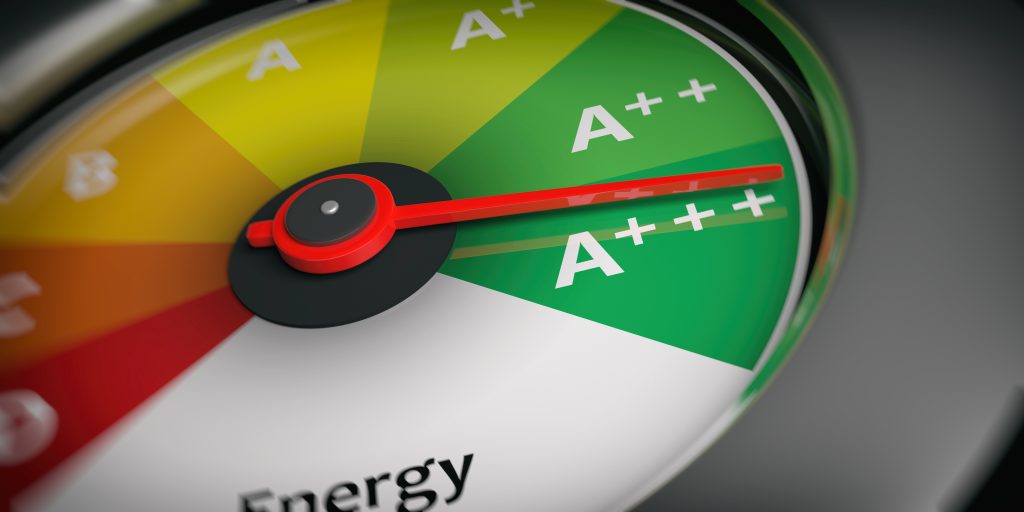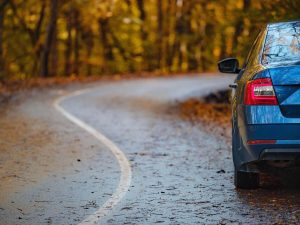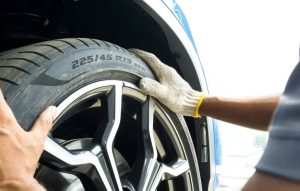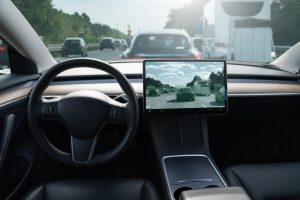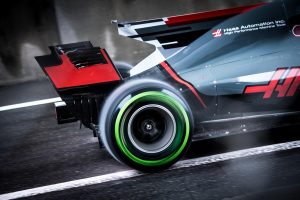Efficient driving techniques help drivers reduce their fuel consumption and environmental emissions while guaranteeing their safety and that of other drivers.
That’s why, at Tayaria we have prepared some tips to help you enhance your driving skills while saving fuel and making a better use of your engine.
1. Shifting gears
First gear provides the greatest force to the vehicle to overcome inertial resistance and get it moving. After starting off, accelerate smoothly and progressively, shifting down to second gear as soon as possible and gradually reaching the last gear without over-revving the engine, and staying in this gear for as long as possible at a constant speed. In heavy traffic, drive in the most convenient gear, while maintaining engine revs.
2. Use of the gas pedal
The way in which the driver applies pressure to the gas pedal has a direct bearing on average fuel consumption and road safety. The “feather-footing” technique is based on applying gentle and gradual pressure to the pedal, avoiding full throttle, so that acceleration is as constant as possible, keeping it within the green zone ranges and avoiding unnecessary fuel consumption.
3. Urban and motorway driving
Respecting speed limits and driving rationally are essential driving techniques, since speed limits are directly related to the architecture, geography and prevailing weather conditions on the road, in order to prevent unsafe situations and promote rational driving such as effective use of the engine anticipating and acting in advance and moderating changes in traffic and planning the route.
4. Driving on slopes (uphill and downhill)
When driving uphill, the demands placed on the engine by the vehicle load generally make it necessary to raise the throttle to the upper limit of the green zone and even enter the next zone slightly in order to maintain the chosen speed, but if the length or angle of the slope requires downhill changes, these should be made in the green zone rev range and the engine revs should be maintained in the green zone for as long as possible.
When descending, it is essential to maintain the prescribed speed, and it is essential to use the gears downhill (from the last gear to the top gear).
5. Switching off the engine
It is advisable to shut down the engine, when it is running at minimum or idle revolutions. It is not necessary to accelerate it before, as it consumes fuel unnecessarily and in supercharged engines, this practice generates premature wear in the turbocharger, as it is left spinning without lubrication. It is also advisable to turn off the engine at stops longer than two minutes, because fuel consumption and gas emission values are high when the engine is at minimum.
For further information on tyre maintenance, visit Tayaria.com or ask your local dealer.
